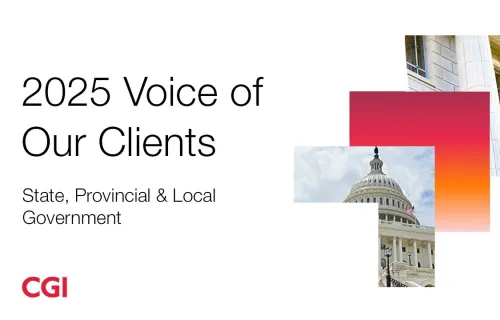As the failure of large information and communications technology (ICT) projects has become a matter of public discussion in several countries, the Best Value Procurement (BVP) approach is gaining rapid ground. BVP is a common sense procurement method that focuses on finding and empowering the best experts and removing barriers to project success, such as non-expert interference and restrictive procedures. A case study by the Performance Based Studies Research Group at Arizona State University documented that BVP is highly successful, with client satisfaction levels of 98%.
Viable alternative for complex projects
A legislative inquiry into failing ICT projects in The Netherlands recently claimed that clients too often ignored the expertise of its ICT suppliers, and that public tender procedures are too complex and costly and often lack proper communication structures. The committee concluded that BVP is a viable alternative as it leverages the expertise of the vendor, simplifies the tender procedure, improves client-vendor communications and shifts the focus from price to quality. (Read the committee’s report and recommendations.)
Deference to vendor expertise
The central premise of BVP relies on the fact that the ICT vendor is the technology expert. It also holds that only an expert can determine the right solution to a problem. So, in BVP, the client organization should define its goals on a functional level, with wording that is sufficiently broad to allow for any type of solution. The client then sets a ceiling price under which vendors design their best solution, optimize scope, define KPIs for success and write the final contract.
3 questions, 5 pages
If you cannot explain it simply, you probably do not understand it well enough. To facilitate the search for the true expert in a BVP procurement process, vendors are asked to whittle their offer down to just the essentials by answering 3 questions in 5 pages:
- What will you deliver to achieve my objectives?
- What external risks do you foresee and how will you help mitigate them?
- What optional scope do you recommend?
The offer should be understandable to a non-expert and substantiated with non-technical metrics. The proposal evaluation is completed with client interviews of the key staff who will actually deliver the project, and these interviews weigh heavily in the final scoring.
Lower risk through greater transparency
The client engages with the top-ranked vendor in a clarification phase to make sure they are fully aligned before signing any contract. The 5 page offer is now detailed into a full plan of approach. Transparency is the goal of this phase, as it has proven to mitigate risk and lead to lower costs. (The University of Minnesota has demonstrated that of 104 BVP projects researched, the change order rate was less than 1%.) If both the client and vendor are sufficiently confident that the plan can be implemented successfully and the goals will be achieved, the contract is awarded. If the client loses confidence at this stage, it can then pursue discussions with the second highest-ranked vendor.
Better results
In the Netherlands, CGI has been awarded BVP contracts in Geographical-ICT, manufacturing IT and case management. We have achieved better results because we were able to design these solutions based on our full expertise and capabilities. Collaboration has improved based on mutual respect for each other’s expertise. And, since both parties are focused on the end result, we are more efficient and effective.
Our experiences have confirmed that BVP is a viable alternative to traditional procurement. As ICT experts, great things can happen when we have the freedom to collaborate on the best ways to help our clients achieve their objectives.





